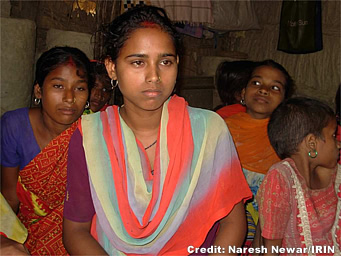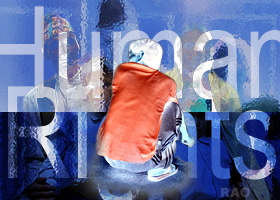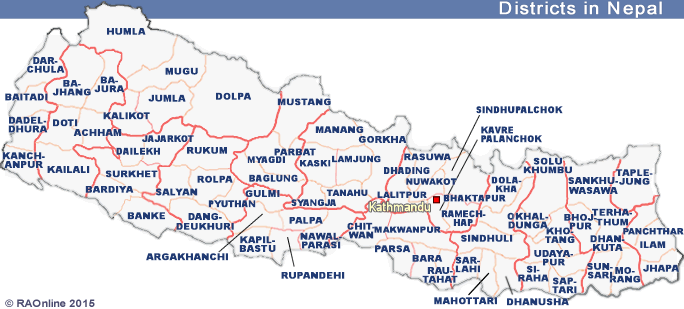 |
| Social Life |
|
|
|
|
 |
|
 |
 |
| Child marriage still common in rural southwest |
 |
|
"Laws are not enough. There is a need for effective awareness to control this shocking tradition," explained Jit Bahadur Chaudhary from the Rural Illiteracy Society for Education (RISE), a local NGO that has been campaigning actively with the help of the United Nations Children's Fund (UNICEF) against child marriage.
Chaudhary explained that parents marry off their children, especially their young daughters, for both financial and social reasons. Due to the dowry system - in which the parents of the bride have to pay a huge sum of money to the groom's family- girls are often married off young as dowries will be less than those expected for an adult.
Extensive male labour migration from many rural areas means parents are often afraid that they may not find a suitable husband when the daughter grows up to become a woman, said Chaudhary. In addition, there is pressure on parents that if they don't get their daughters married young, they will face social discrimination.
"All this backward social thinking causes child marriage and it is the children who have to face the dangerous impact [of this]," said Rajmati Yadab, who runs a paralegal committee formed with help from UNICEF to raise awareness about legal rights and campaign against social ills.
Yadab explained that the practice often leads to girls bearing children at an early age, which endangers their health and sometimes results in their death. According to UNICEF, many girls die from hemorrhages, obstructed labour and other pregnancy related complications. In addition, married girls seldom stay in school, meaning valuable years of education are lost, he added.
 |
|
With 36 child members in her group, Gupta has managed to raise awareness among local villagers on the dangers of the child marriage system.
Along with Niger, Bangladesh, India and Uganda, Nepal has the highest levels of child marriage in the world, according to Nepal's Demographic Health Survey, which estimated that over 63 percent of Nepalese girls marry before the age of 18, while 7 percent marry before reaching 10 years old. Within Nepal, the district of Kapilbastu has the highest number of child marriages, the DHS said.
"We have to fight against this evil tradition," said 10-year-old Resmi Gupta, who runs a child club formed with help from RISE and UNICEF. With 36 child members in her group, Gupta has managed to raise awareness among local villagers on the dangers of the child marriage system.
Gupta also successfully managed to stop her parents from marrying off her 13-year-old sister, who now attends UNICEF's Out of School Programme (OSP), a pre-school education project for children starting late in formal education.
"I have hopes of this practice being socially banned. All we need to do is to raise awareness among our own communities," said Gupta, who goes around villages in the district with her friends putting up slogans against child marriage.
According to RISE, awareness and sensitisation campaigns have helped to reduce the number of child marriages in Kapilbastu district. RISE trains local girls and women in how to educate their fellow villagers, especially the men, by raising human rights and legal issues.
"When sensitisation doesn't work, we take the hard way by strictly warning both the parents and the priests that they would face legal action if they marry their young children," said Sri Kanta Mali, a facilitator from RISE, also involved in the paralegal committee.
There are now over 30 such committees in many villages like Baskhora in Kapilbastu and UNICEF is providing support to form more committees in which both local men and women are now actively participating.
"I wish my parents had never done this to me, getting me married instead of sending me to school. I hope other children will not suffer like me," said 14-year-old Laxmi Chaudhary, who got married when she was only nine.
But while it is difficult to estimate how many HIV cases have actually been registered within Nepal's largely underground MSM community, it's clear more needs to be in terms of public awareness. There has yet to be any comprehensive study of the group, with many people remaining reluctant to divulge their HIV status, the UNAIDS official said.
| Source: IRIN 2006 Copyright © UN Office for the Coordination of Humanitarian Affairs 2007 [ This report does not necessarily reflect the views of the United Nations] Integrated Regional Information Networks (IRIN), part of the UN Office for the Coordination of Humanitarian Affairs (OCHA). |
 |
| Externe Links |
| UNFPA | OCHA | IRIN News |
|
|
 |